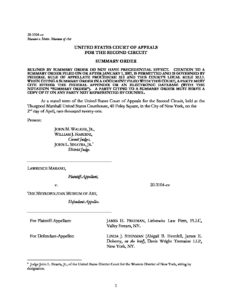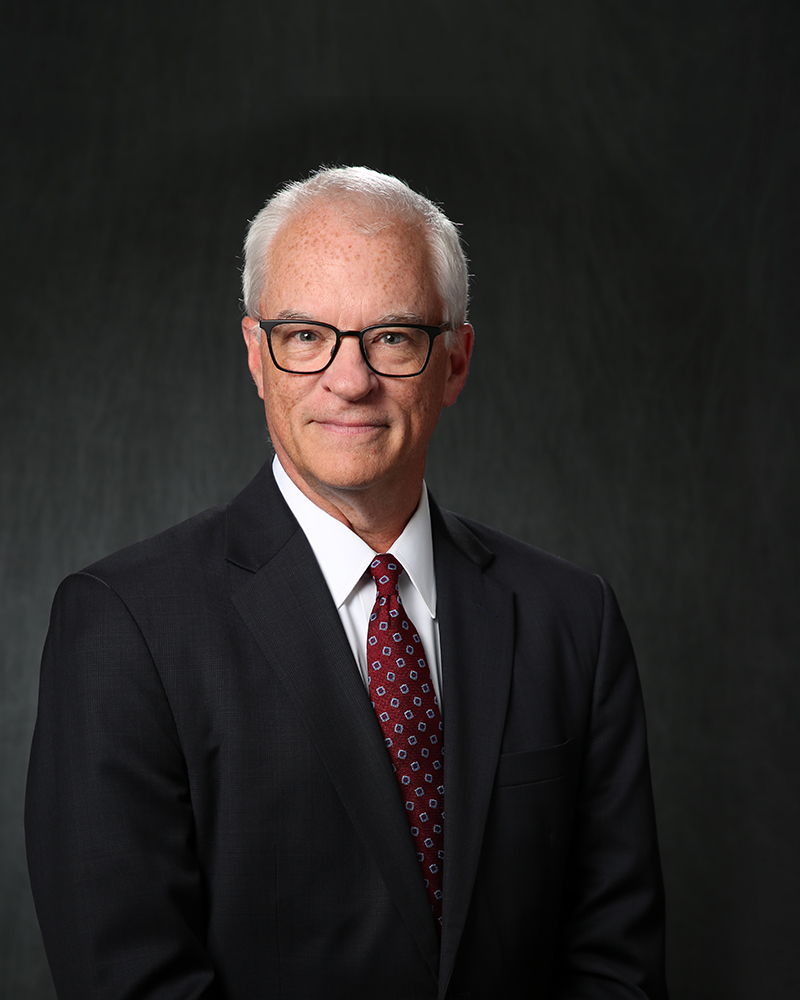by Kevin Parks
A trio of recent high-profile decisions will keep copyright lawyers and scholars busy in addressing the context-sensitive question of “fair use.”
On March 26, the Second Circuit reversed a finding of fair use regarding the Prince Series, Andy Warhol’s reinterpretations of photographs of the pop icon Prince taken by photographer Lynn Goldsmith. Emphasizing the negative effect the use could have on the potential licensing market for the original work, the opinion criticized the recent trend toward finding “transformative” and thereby “fair” uses whenever an alleged infringement gives the copyrighted work a new aesthetic or meaning. Andy Warhol Foundation for the Visual Arts, Inc. v. Lynn Goldsmith.
A week later the same Court reached the opposite conclusion, affirming the dismissal of a photographer’s suit alleging that the Metropolitan Museum of Art improperly used an image of rock guitar god Eddie Van Halen to promote a rock music exhibition. The opinion emphasized the Met’s nonprofit status, and reasoned that the museum’s use of the photo to illustrate the instrument as opposed to the performer, helped to create a sufficiently “transformative,” fair use of the original. Marano v. Metro. Museum of Art.
On April 5 the US Supreme Court weighed in, ruling that Google’s use of Oracle’s Java software code in building the Android smartphone platform also qualified as fair use. Reversing the Federal Circuit, the Court reinstated a jury’s factual findings on the four fair use factors, and concluded that Google had copied only those lines of code needed to allow programmers to put their accrued talents to work in a new and “transformative” program—resulting in “fair use” as a matter of law.
Google LLC v. Oracle America, Inc., 593 U.S. ___ (2021).


